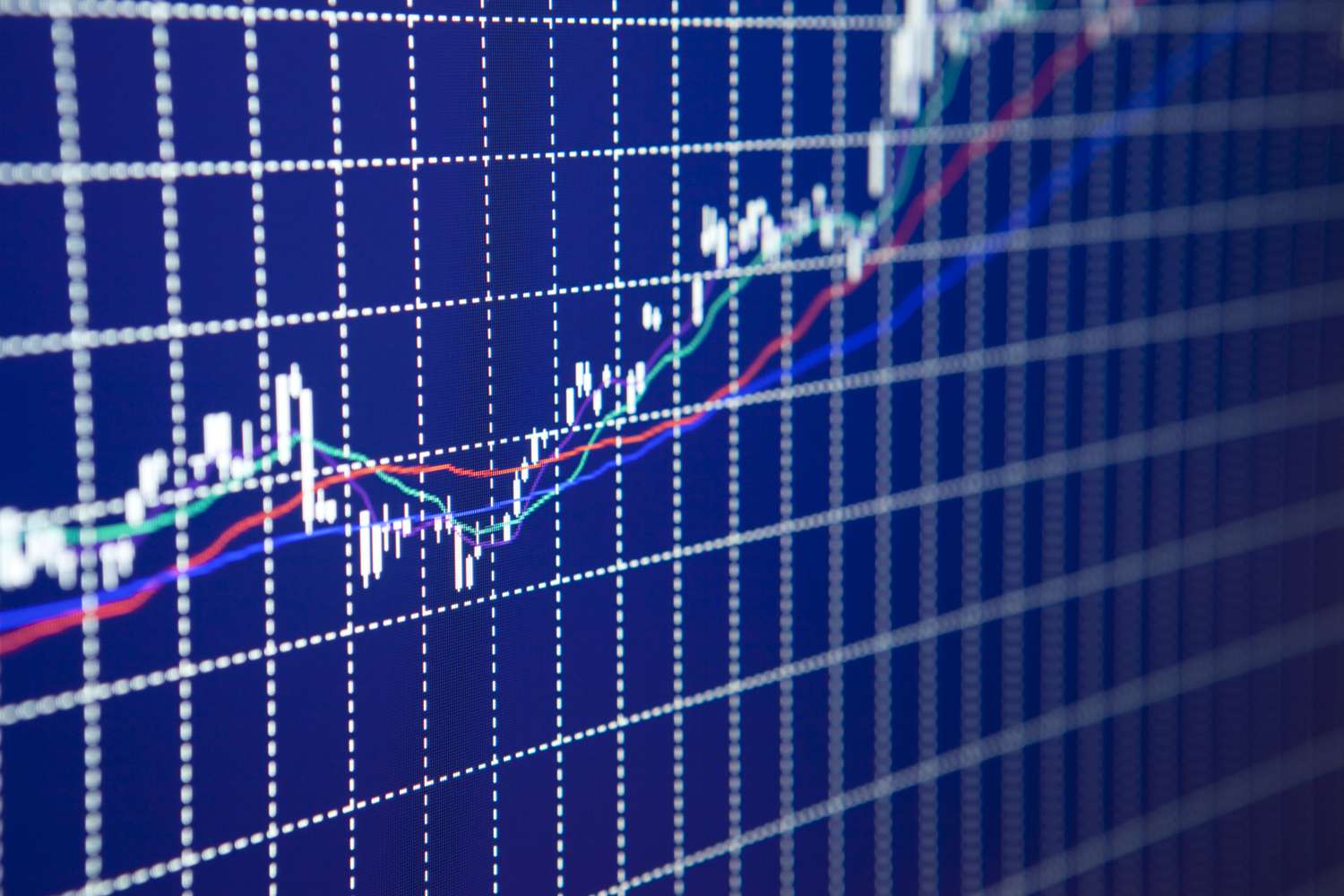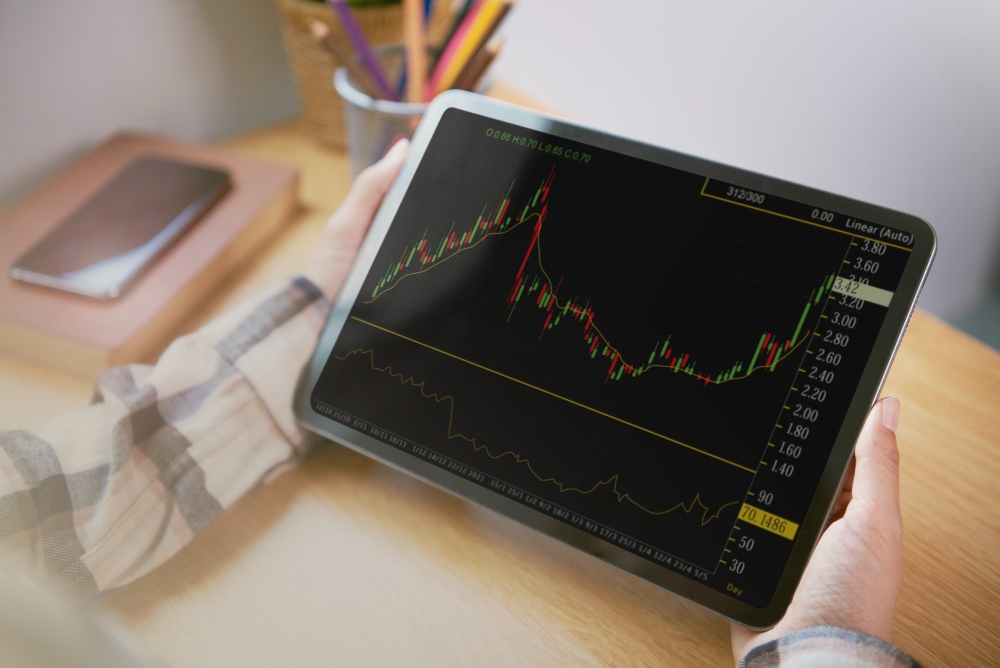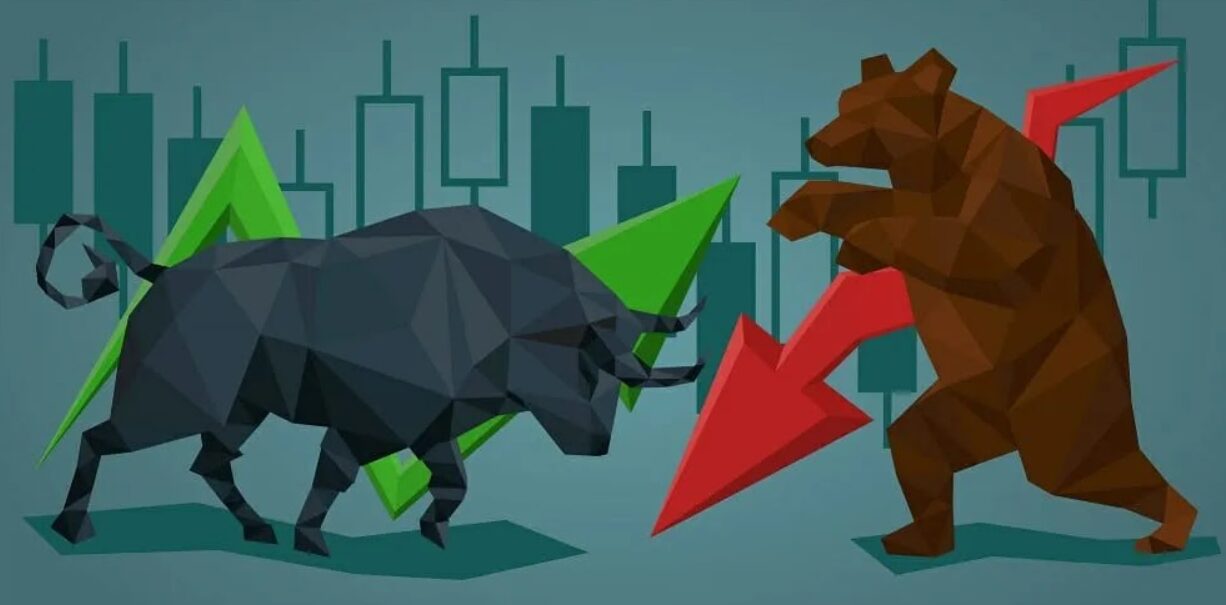
A tick is the smallest possible price change in a market that can be to the right of a point in a decimal number of a quote. Markets, however, have different tick sizes. Anyways, read on, and we will tell you basically everything you need to know and understand about this topic.
- How is tick size measured?
- What is tick trading?
- How does tick trade work?
- Components of tick trading
- What is the difference between the “size” and “value” of a tick?
- Examples of tick size
- How does a tick show up on a chart
- FAQ
- Why should traders care about tick size?
- Can a stock trade between tick sizes?
- Why do exchanges set minimum tick sizes?

How is tick size measured?
In different ways. The S&P 500 index, for example, has a tick size of 0.25, while crude oil has a tick size of 0.01 and gold futures have a tick size of 0.10. It depends on the asset and where it’s traded.
What is tick trading?
Tick trading is a strategy focused on capturing profits from the smallest possible price movements. Traders employing this strategy, often operating within a day framework, execute numerous deals to accumulate gains from these minimal changes.

Thus, tick trading thrives in highly liquid markets where fluctuations are frequent and often predictable.
Be as it may, truly successful tick traders rely on advanced algorithms to execute orders precisely and react swiftly to market changes. It requires a profound understanding of market dynamics and the ability to capitalize on opportunities within very short timeframes, typically ranging from seconds to minutes.
How does tick trade work?
Now that we’ve covered what tick trading is, let’s examine how it functions. So, different financial instruments have varying tick sizes. They also may differ because of the exchange it’s traded on.
Components of tick trading
Tick trading demands a profound understanding of the market – much more beyond reading simple price charts. Several crucial elements dictate success, forming a somewhat ecosystem. And at the heart of it lies market depth. It’s characterized by substantial order volume clustered near the current trading price. It’s needed to provide ample liquidity.

Liquidity, therefore, ensures that orders, whether buying or selling, are not just possible, yet executed swiftly and seamlessly – without inducing dramatic price fluctuations.
Conversely, a larger size can reduce the number of tradeable points, necessitating adjustments to strategies. Finally, there’s a volume. It’s the number of shares or contracts exchanged. The thing provides insights behind price movements.

Thus, high volume often signifies greater conviction and can be associated with lower transaction costs due to higher market efficiency. So, a trader must analyze volume in conjunction with price action to discern trends and identify profitable setups.
What is the difference between the “size” and “value” of a tick?
- The “size” is the financial equivalent of a pixel on a screen, or, the smallest unit of price movement permissible. However, this tiny measure is still essential, as it provides order amidst the chaos in the markets, impacting the spread and facilitating liquidity.
- The “value”, however, is the story told by that very pixel above. It’s the dynamic calculation that transforms each price movement into concrete profit or loss. The financial weight, if you wish.
Examples of tick size
Consider, for instance, some realm of equity trading. And imagine trader A, navigating the stock market with a purchase of 100 shares of company ABC, locking in a price of $50.00 per share. In this domain, a tick – the smallest permissible price fluctuation – is typically delineated as a mere penny. And nothing more.
But when the winds shift and ABC’s price edges upwards by five such ticks, trader A realizes a profit of $5.00.
Now, let’s pivot to the far more volatile terrains.

Imagine trader B, acquiring one futures contract at a price of $4,700. Here, the tick is not a fixed dollar amount, yet rather a percentage increment – in that very case, 0.25 points.
Hence, one tick movement translates into a $12.50 shift per contract. And if the contract price advances by five ticks from $4,700.00 to $4,701.25, B finds themselves $62.50 richer.

Ideally, one tick is equal to one point – a change in the last digit of the quote record by one. In fact, prices can change by two or three points at once, creating a big gap between quotes. This can cause problems for those who have open positions on the market.
How does a tick show up on a chart
There are three main types of charts with them:
- Bullish – is formed when the final trade is concluded at a higher price compared to the previous one.
- Bearish – is formed at a lower price than the previous deals.
- Static – is just a stable display and marks the absence of difference between the last and previous deal.
But it’s worth pointing out that charts aren’t used to predict the long and medium-term future. They’re more for keeping an eye on changes in market volumes when things are quiet or busy. That’s the only way to do it.

There are various indicators that show all the necessary info in a separate window, usually located under the working chart. They’re like extra tools that help you understand the market and make the right calls on what strategy to go for.
FAQ
Why should traders care about tick size?
Appropriate lot and tick sizes are critical to efficient trading. They can minimize transaction costs and allow investors to trade discreetly without revealing their intentions or jeopardizing their position in the order queue.
Globally, a common approach to addressing this issue is to harmonize tick sizes, thereby maintaining consistent spread economics across different markets.
Can a stock trade between tick sizes?
While the standard tick size for stock trades is $0.01, sub-penny-pricing is permitted in specific situations. These include situations where orders are matched against non-displayed liquidity, such as hidden orders, or when executing through retail price improvement programs, which provide superior execution stakes. So, answering the question: yes, they can.
Why do exchanges set minimum tick sizes?
A carefully calibrated size is necessary to balance market liquidity and price discovery. A size that is too wide can inflate the bid-ask spread, making trades way more expensive. Conversely, a proportion that’s too narrow can result in an order book filled with inconsequential cost increments.











